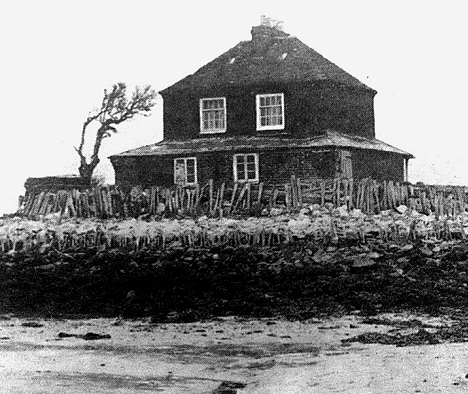|
|||
| Created 16-03-2002 Last update 19-01-2013 | |||
|
|
|||
|
|
|||
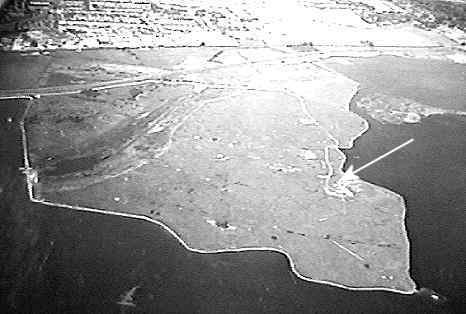
|
|||
|
|||
 |
|||
|
|||
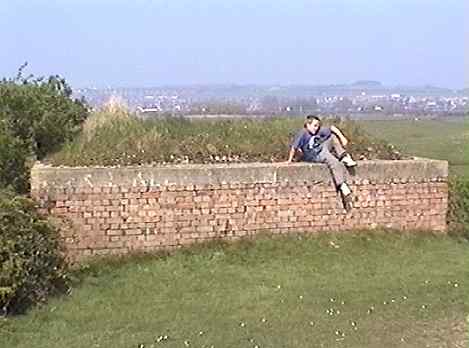
|
|||
|
|||
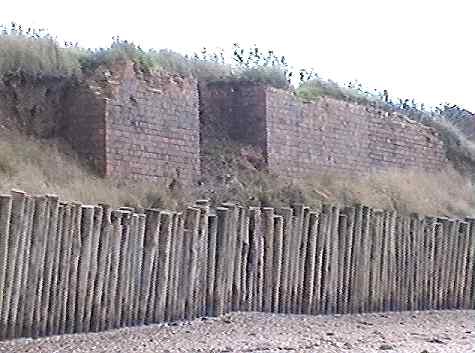
|
|||
|
|||
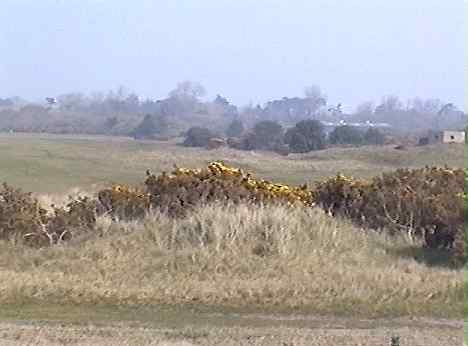
|
|||
|
|||
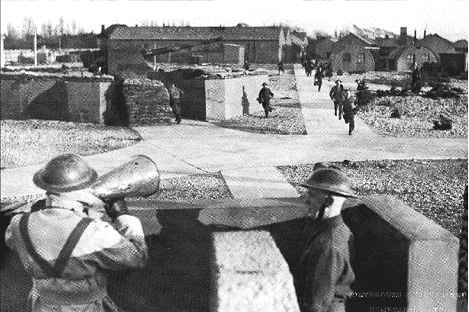
|
|||
|
|||
|
|
|||
|
|
|||
|
|
The following emails have been received relating to the Farlington Q-Site. |
||
|
NEW - 19-01-2013 |
|||
|
I don't know if you are still adding things to your Portsdown Tunnels website - I was just having a look at it and found the page about the old foundations discovered on the small island out on Farlington Marshes [see below].
To confirm it was indeed a house that was built there and there is a
photograph of it attached to this email if you wanted to share it.
As your reports suggest it was used to guard the oyster beds but
there is confusion as to whether the house was destroyed in the war
or demolished due to rising sea levels in the 1950's. Sam Miller - January 2013 |
|||
|
|
|||
|
|||
|
|
|||
|
|
|||
| NEW - 19-01-2013 | |||
|
I came across your site a while ago and being both interested and impressed I often refer back to it. I am a member of Langstone Sailing Club, and I often wonder about the success of the Starfish SF16 set-up when out on the mud driving in spades working on moorings ! My late friend Jenny used to tell of her dad, Bob Milne, a test pilot for Airspeed at Portsmouth. One of his daily jobs on test flights was to 'count the new bomb craters in Langstone Harbour'. This always sounded a bit of an odd thing to ask a busy test pilot to do, so I took to the internet and found the answer courtesy of your efforts - thank you! Bob Milne started with Sopwith Camels in the anti-Bolshevik Campaign and flew just about every WWII aircraft going and retired testing Comet jet airliners. Jenny also told me that on one of his test flight he discovered a clear pathway through the barrage balloons [in Portsmouth] straight to the docks. This was quietly but urgently reported and Bob up took a chap who was responsible for the balloons to demonstrate. The gap was then closed; Bob always suspected 'Fifth Columnists'.
Andy Lawson - Langstone Sailing Club - January 2013 |
|||
|
|
|||
|
I promised you we'd have a go at getting some shots of the Binness Islands when we were next there. Yesterday was our club's dinghy cruise round the harbour, and I've attached some shots that may be of interest. The first and best one is of the South West shore of Baker's Island [shown below], where there are 4 brick structures that can plainly be seen close to the shore. On your chart this is listed as a fires site, so perhaps these were some sort of kilns. Most of the Islands are now protected as bird nesting sites, so unfortunately landing is prohibited and the sites are closely monitored. The only permitted landing site is now part of Long Island, which I explored thoroughly. This is listed as a lights site, and there are no traces that I could find. The island is very low lying, little more than grass and shells, and is obviously overtopped by winter storms, so I don't think any metalwork would stand much chance of surviving all this time. It certainly gave us all pause for thought on such a glorious spring day to reflect on the role those little islands played 70 years ago to the week. I could see no obvious evidence on any of the other islands from a close pass to seaward, but Baker's Island is certainly worth further investigation if something can be negotiated with the Bird Police.
Anyway, hope this is of some help and thanks again for a great
website that constantly fascinates. |
|||
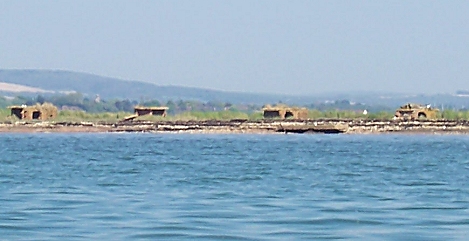 |
|||
|
|||
|
|
|||
|
NEW - 29-05-2012 |
|||
|
I have just visited you site from a link on the Wikipedia site and I came a cross the photo [see above] of a line of four brick buildings on the south western shore line of Baker's Island. I can confirm that the buildings in question are not kilns, but are Second World War pillboxes. know this as I did some research into the fortifications of the Portsmouth area from the Second World War in the later part of the last century.
Roger Dyer - May 2012
I personally don't think this is correct. Anyone care to help? Bob Hunt |
|||
|
|
|||
|
|
|||
|
NEW - 04-06-2010 |
|||
|
Roger Thompson's email, of June 2009 asks where Garden House was on Hayling Island. The 1939 directory in the local museum shows that going from west to east Garden House was the second house on the south side of Hollow Lane. I have heard the story about a Mr Jones being killed, when the air-raid shelter he built was bombed. I was told that his daughter, on losing her father was so shocked that she lost her hair.
There was other damage to property in Hollow Lane and Fry's cottage
was flattened but I don't know if this was on the same night. |
|||
|
|
|||
|
NEW - 08-06-2009 |
|||
|
My Grand Uncle was Archibald Thomas Jones the very successful Builder whose main Office was situated in Havant. Since I discovered this fact and the fact that he and his current family were killed by a German bomb in their shelter in Hollow Lane on that dreadful night of 17th April 1941, I have been trying to find out more about the incident. I particularly would like to know where exactly his large house called "Garden House" was situated in Hollow Lane. I have been told that it stood opposite "Garden Close" where there is now a block of Flats and I have also been told that an Anti-Aircraft Site was destroyed on that same night, both of which I wanted to confirm.
Amazingly, I key in to my Computer: "Hayling Island Bombs" and
I find your brilliant web-site telling me virtually everything that
I wanted to know, including all the information on the Decoy systems
employed during the war to protect Portsmouth! Sadly, the Decoys
being so effective on that fateful night made the Hayling civilians
more vulnerable to being bombed themselves, which of course, is what
happened to my relations!! |
|||
|
|
|||
|
|
|||
|
NEW - 26-11-2007 |
|||
|
I did your walk [no3 walk] when the tide was very low indeed, and was able to reach a small island to the south of the tip of the marsh. On the island there are the remains of a curious structure which I photographed [see below]. The brickwork looks like it is of the same date and type as the two Starfish bunkers. Any idea what it was? Apart from starfish I cannot think of any other reason for building out there! Anyway: thank you for a very interesting walk, and for putting together such a fascinating website. John Turner - November 2007 (a relative of the Colonel JF Turner) |
|||
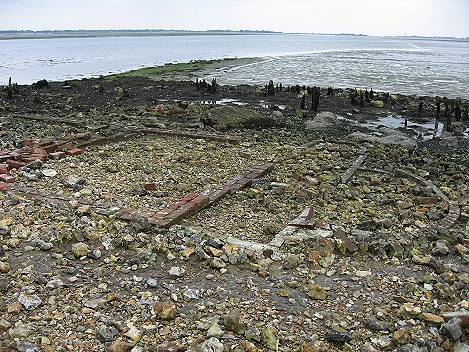 |
|||
|
|||
|
Replies so far... Notation between [] brackets is mine. |
|||
|
I was very interested today to see the Portsdown Tunnels website and to see the photograph by John Turner of the little island off tip of Farlington marshes, on which my ancestor Matthew Russell Snr (who married Jane Tilley, as stated), had an oyster watchman's house built in 1819 on the tiny island. Matthew Russell was previously a pilot of Portsea, but I have been unable in 30 years to find his origins or where he came from.
|
|||
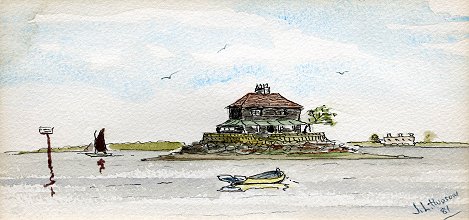 |
|||
|
|||
|
I was therefore particularly interested to see the
colour photo showing the old foundations of the house, sent to your
website by Mr John Turner. Kathleen Hollingsbee - East Kent - January 2009 |
|||
|
|
|||
|
|
|||
|
|
|||
|
I would like to say first of all, thank you for
putting together a very interesting web site. I knew that there were
tunnel systems and bunkers all over this area, I was just unaware
that they were this incredible! Jim Roberts - May 2008 |
|||
|
|
|||
|
|
|||
|
Matthew Russell, who gave his name to the channel leading northwards from Sword Sands towards North Binness Island, married Jane Tilley at St Marys Church Portsea on 12 November 1798. Around 1819, when presumably his family of six sons and two daughters were complete, he took the lease of the small island about 200 metres off the southerly point of Farlington Marshes peninsula. Here a house was built, both as a home, and as a place from which to establish, maintain, and most importantly, guard the proposed oyster beds which were to continue as a viable business for 130 years. The house was called the "Black house" or "Lone house" and was demolished in 1950. Ken and Mo - January 2008 |
|||
|
|
|||
|
I have visited your website on a number of occasions, and find it very interesting. The picture of what appear to be foundations (update 26/11/2007), reminded me of something I was told just after I left school in 1972 .I happened to mention to my then employer that I saw a house, or what was left of one just off Farlington Marshes to the south. I was told by his Father that it used to be a house(?) used by the oyster fishermen. Perhaps this is what the picture shows? There are oyster beds at Hayling Island, but the
original ones dated from the early 1800's until they fell into
disuse in the 1970s. I hope this may shed some light on the subject. |
|||
|
|
|||
|
NEW - 30-03-2006 |
|||
|
I found your site while I was researching my grandfather's wartime service. One of my
aunts recently gave me a letter which I have scanned in and attach to this e-mail. |
|||
|
|||
|
|
|||
|
|
|||
